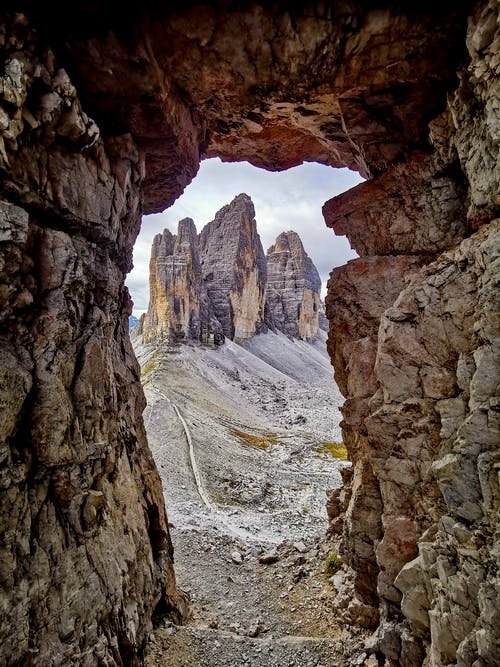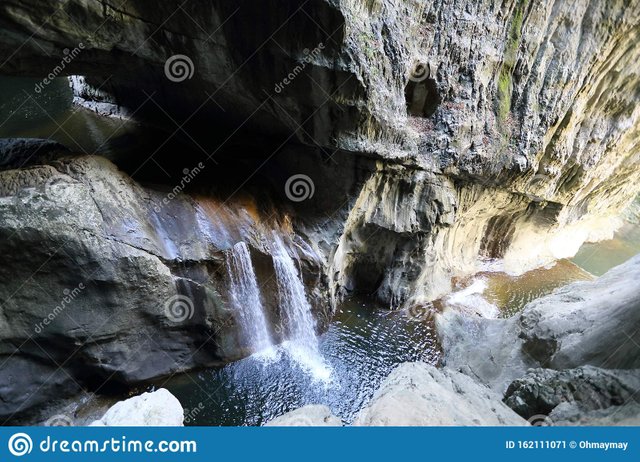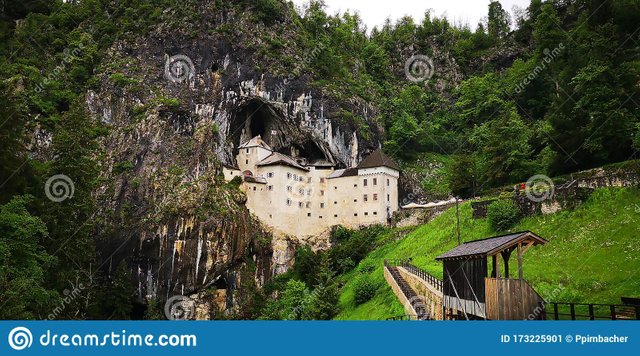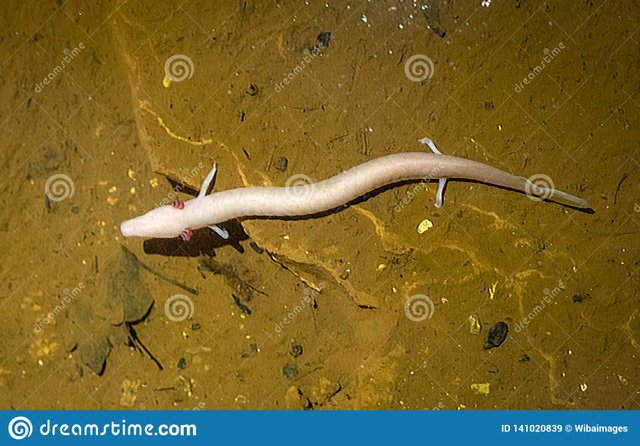Beauty Hidden in the Dark of Slovenia!
.jpg)
GRASPING a small lamp, Luka Čeč slowly made his way through the dense subterranean darkness. Far below the earth’s surface, he crawled high up on a rock and was rewarded with an incredible sight. A glittering, sparkling world opened before his eyes. What had he found? A new corridor of the Postojna Cave in Slovenia.

This discovery in the spring of 1818 marked the beginning of what is now a flourishing tourist industry. It also opened the way for further speleology, that is, “scientific study or exploration of caves.” To take a closer look at this magnificent cave system, join us on a visit to Postojna, a town in western Slovenia.
A Terrain Where Caves Are Abundant
With over 12 miles [20 km] of corridors and grottoes, the Postojna cave system is among the largest in Europe. The caves are located in the Kras, or Karst, region of Slovenia, which is a limestone plateau that extends some 30 miles [50 km] inland from the Adriatic Sea, between the Julian and the Dinaric alps. The caves in Postojna are some of the thousands of caverns in this region.
Today the word “karst” carries a broad meaning. The term is used by geologists the world over to describe terrain that is similar to that of the Kras region. Karsts are found in many parts of the world, including Australia, Central America, China, Indochina, and Russia, as well as the Caribbean and the Mediterranean. Such terrain is characterized by barren, rocky ground in which erosion has produced caves, sinkholes, and underground streams and lakes.

Since a large portion of Slovenia is karst topography, caves and other underground formations are plentiful in the country. The Postojna Cave ranks alongside such famous karst caves as Mammoth Cave in Kentucky, U.S.A., and the Reed Flute Cave of Kuei-lin, China.
A Look inside the Caves
The first description of the Postojna Cave dates from the 17th century, when Slovenian scholar Janez Vajkard Valvasor wrote about it in his book The Glory of the Duchy of Carniola. Valvasor described the caves in the area as having “strangely shaped pillars.” He likened these to “all kinds of vermin, snakes, and other animals. . . Or different forms of monsters, deformed faces, ghosts, and the like.” He added: “Horror and fear increases also because of the many passages, pits, and deep chasms on all sides.” Little wonder that after reading such a menacing description, few dared to probe very far into the eerie darkness of the caves!
In time, however, the popularity of the Postojna Cave grew. This was especially true after Čeč made his discovery in 1818. The very next year, the caves were opened to the public. However, it was not until a railway was added in 1872 and electric lighting in 1884 that many were able to see these natural wonders for themselves. What did they see?
Today the Postojna cave system is renowned for its beautiful passageways.
The rich colors and bizarre shapes of stalactites and stalagmites give the caves’ corridors a jewellike quality. Some sparkle as if dusted with diamonds, while others emanate warm shades of ocher and rust. Inscriptions on the walls reveal that visitors of past centuries also savored the rare beauty of the caves.
New Species Discovered
Exploration in these vast caverns has revealed not only new and unusual geologic formations but also previously unknown life forms. To date, more than ten new species have been found in the Postojna cave system.
Čeč made one such discovery in 1831, much to the delight of speleologists the world over. Čeč discovered an unusual cave beetle, which was named Leptodirus hohenwarti, meaning “narrow-necked one.”
As its name implies, this beetle has a thin neck. It also has a tiny head, a puffed abdomen, and unusually long antennae and legs. Unfortunately, the initial specimen was accidentally damaged, so an in-depth study was not possible until a second beetle was found 14 years later.
Another curious creature that was found in this area is the olm, a blind salamander. As early as 1689, Valvasor referred to it as ‘the dragon’s offspring.’ This tiny amphibian has been the subject of numerous scientific studies.
Neighboring Caves

Skocjan cave in Slovenia
The Postojna caves are but one of many systems of caves in the region. The nearby Škocjan Cave, which has been on the UNESCO World Heritage List since 1986, is especially remarkable. Visitors to this cave system are awed by the enormous proportions of the caverns and canyons. They are said to be the largest in Europe. For example, one part of the cave system measures 980 feet [300 m] long, 330 feet [100 m] wide, and 360 feet [110 m] high!

predjama castle rock mountain cave
Shielding the mouth of the Predjama Cave is a large fortress, the former residence of the legendary knight Erazem Jamski. It is claimed that the castle defied invaders for centuries. Provisions could be delivered through secret underground passageways that connected to the cavern underneath the castle. Erazem reportedly taunted attackers by tossing them fresh cherries or roasted meat, proving that he was not experiencing deprivation while confined within his castle walls. Whether the story is true or not, the secret passageways are a visible reality.
Exploring the fascinating world of caves in this karst region can bring many unexpected thrills. The world-famous sculptor Henry Moore described the Postojna Cave, saying: “This is the best exhibition of Nature’s sculpture I have ever seen.” If you have the opportunity to visit, you might just agree with him.
The “Human Fish”

proteus anguinus called human fish
Proteus anguinus is known locally as the human fish because of the unusual color of its skin, which reminds some of human skin. This amphibious vertebrate is native exclusively to the subterranean waters in the karst region of northeastern Italy, Slovenia, and southward. Its colorless skin and atrophied eyes are no handicap, since it exists in total darkness from egg stage until death. Amazingly, some have reportedly lived for up to 100 years, and these fish can survive for several years without food.
Thanks for reading my post, I hope you would Upvote, comment and follow for more and to keep me engage here.(HOPE I WOULD MAKE** 200**UPVOTE FROM THIS.
@agodaniel, what else can one say? AWESOME! Great article and commentary, Thanks for this!!
Thanks very much for heartwarming comment, this served as encouragement for me.